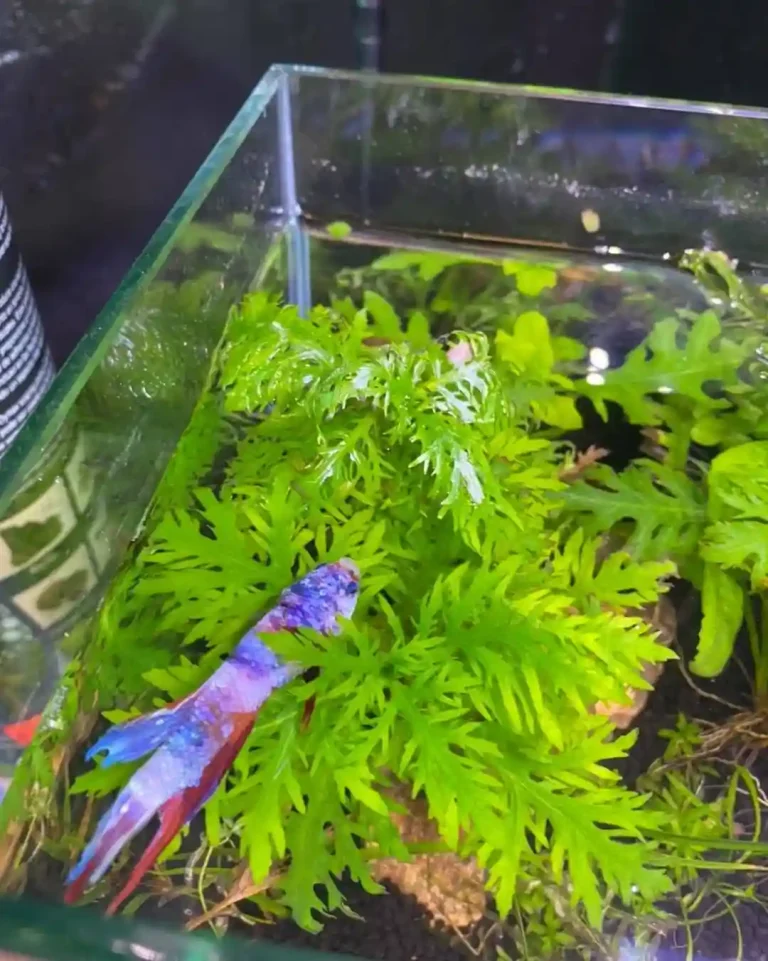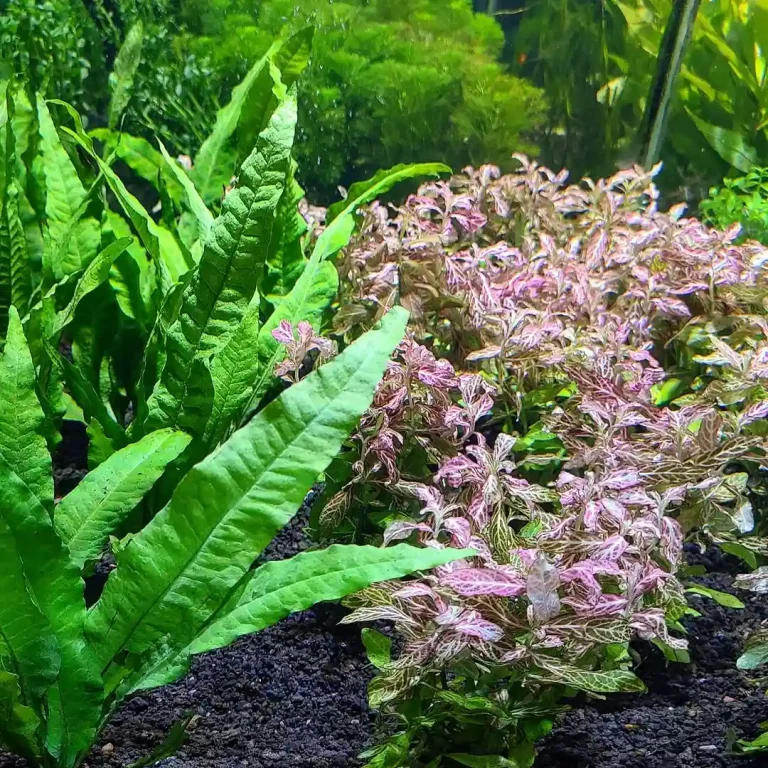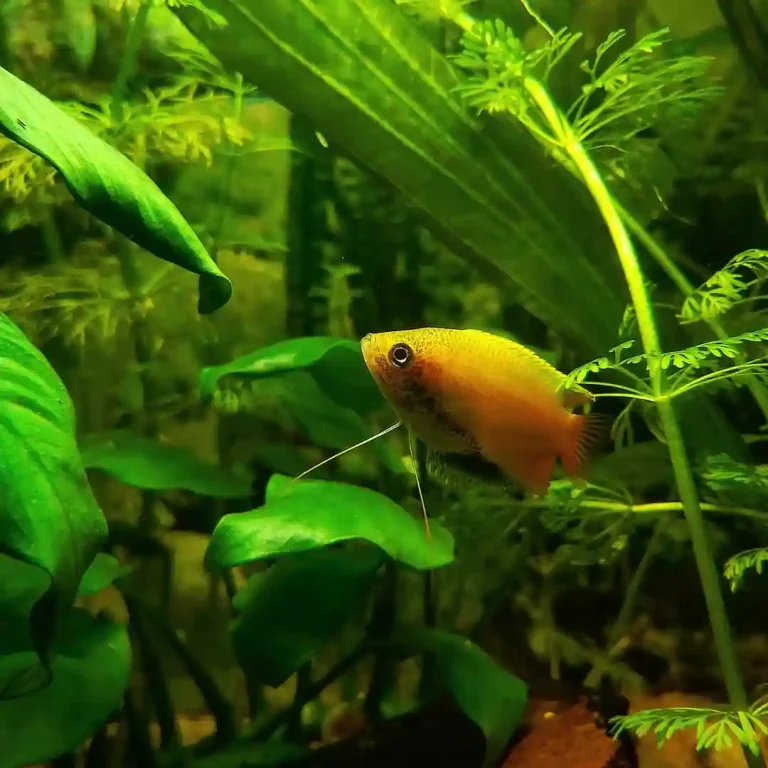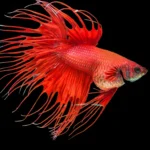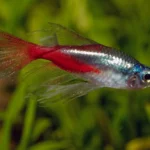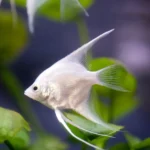Dwarf Sagittaria (Sagittaria subulata) is one of the easiest carpeting plants to grow in a freshwater aquarium. Its thin, grass-like leaves and quick growth make it a favorite among aquascapers and beginners alike. This hardy species can create a dense green carpet across your substrate without demanding CO₂ injection or intense lighting, although both can enhance its growth. Whether you are planning a low-maintenance Betta tank or a high-tech aquascape, Dwarf Sag fits right in.
Also read: Amazon Sword Care Guide — a perfect background plant to pair with Dwarf Sag.
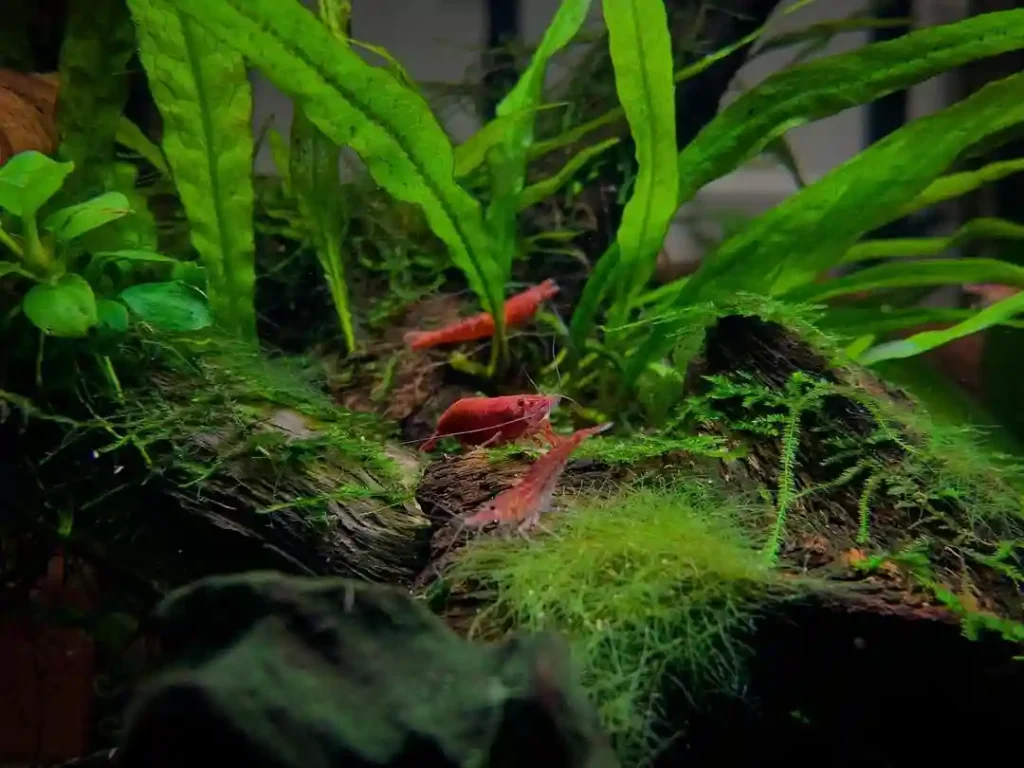
Dwarf Sagittaria
Native to the Americas, Dwarf Sag grows from a central crown and sends out runners to create new plants. While “dwarf” suggests a short plant, its height depends heavily on light intensity. In strong light, it remains short and compact, forming a dense carpet. In low light, it grows taller, resembling Vallisneria. This adaptability makes it suitable for both foreground and midground planting, depending on your aquascape goals.
Ideal Tank Conditions
Dwarf Sag thrives in a wide range of water conditions, which is one of the reasons it’s so popular among new aquarists. A tank as small as 10 gallons can support healthy growth, though larger tanks allow for a more expansive carpet. Water temperatures between 68°F and 82°F work well, with a pH range of 6.5 to 7.5 and soft to moderately hard water. It adapts well to both tropical and cooler setups, making it a versatile choice for mixed-community tanks.
Lighting for Healthy Growth
Light plays the most important role in determining how Dwarf Sag grows. Under high-intensity, full-spectrum lighting, it stays short and sends out runners quickly, forming an attractive carpet. With low lighting, the leaves grow taller and the plant takes on a less compact shape. For carpeting purposes, aim for eight to ten hours of moderate to strong lighting each day. Avoid heavy shading from floating plants, as this can slow down runner production.
Substrate and Nutrients
Since Dwarf Sag is a heavy root feeder, a nutrient-rich substrate such as aquasoil gives the best results. It can still grow well in fine gravel or sand, but root tabs will be needed to supply nutrients directly to its roots. Supplementing with a liquid fertilizer helps maintain healthy, green leaves and supports overall plant health. While CO₂ injection is not essential, it can speed up carpet formation and keep leaves shorter and denser.
Planting Dwarf Sagittaria
Before planting, trim the leaves to around two or three inches to reduce transplant shock. Using aquascaping tweezers, place individual shoots into the substrate, spacing them an inch or two apart. Make sure the crown—the point where the leaves meet the roots—remains above the substrate to avoid rot. Once planted, allow the runners to spread naturally across the tank floor. In healthy conditions, you should see new shoots emerging within a couple of weeks.
Step-by-step visuals can be found in our Aquarium Planting Guide.

Encouraging Carpet Formation
Dwarf Sag spreads through horizontal runners that develop new plants at their tips. To encourage this growth, provide consistent moderate to high lighting, avoid overcrowding in the foreground, and trim taller leaves so the plant directs its energy into spreading. Limiting floating plants will ensure enough light reaches the base. In a well-maintained tank, a full carpet can form in just a few months.
Suitable Tank Mates
This plant is tough enough to handle active fish yet gentle enough to work in peaceful community tanks. Small schooling fish like tetras and rasboras, bottom dwellers such as Corydoras, livebearers like guppies, and ornamental species like Bettas all coexist well with Dwarf Sag. It also provides shelter and grazing surfaces for shrimp and snails. Avoid keeping it with goldfish or large, digging cichlids, as they can uproot or eat the plants.
Common Issues and Solutions
One of the most common problems is yellowing leaves, usually caused by nutrient deficiencies. This can be corrected with root tabs and liquid fertilizer. If the leaves are growing too tall, it may indicate that lighting is too weak; increasing intensity will help maintain a compact form. Some melting may occur shortly after planting, which is a normal part of the adjustment process—healthy new leaves should follow within a couple of weeks.
Read also: How to Set Up a Freshwater Planted Tank
FAQs
Is Dwarf Sagittaria good for carpeting in aquariums?
Yes, it’s one of the best beginner-friendly carpet plants for freshwater tanks. With enough light and space, it will spread quickly by sending out runners, forming a thick green carpet across the substrate.
Does Dwarf Sagittaria need CO₂ injection to grow well?
No, CO₂ is not required, but it can make a big difference. Without CO₂, it will still grow and spread, just at a slower rate. If you want a dense carpet in the shortest time, adding CO₂ will help.
Can Dwarf Sag grow in gravel or sand?
Yes, it can grow in both gravel and sand as long as you provide root tabs for nutrition. In nutrient-rich aquasoil, it will often grow faster without extra root feeding.
How long does it take for Dwarf Sagittaria to carpet?
In ideal conditions with good light, nutrients, and stable water parameters, runners can appear in one to two weeks, and a full carpet may form in two to three months. In low-light setups, this process takes longer.
Is Dwarf Sagittaria safe for Betta fish and shrimp tanks?
Absolutely. Its soft leaves and dense growth make it an excellent plant for Betta tanks, providing cover and resting spots. Shrimp also enjoy grazing on the biofilm that forms on its leaves.
Final Thoughts
Dwarf Sagittaria offers the perfect balance of beauty, speed, and ease of care for aquascaping enthusiasts at any skill level. Its ability to thrive in a variety of setups, from low-tech to high-tech tanks, makes it an excellent choice for creating a lush, green foreground. Whether you want a full carpet or a natural meadow effect, this plant will transform your aquarium into a vibrant, living landscape.

